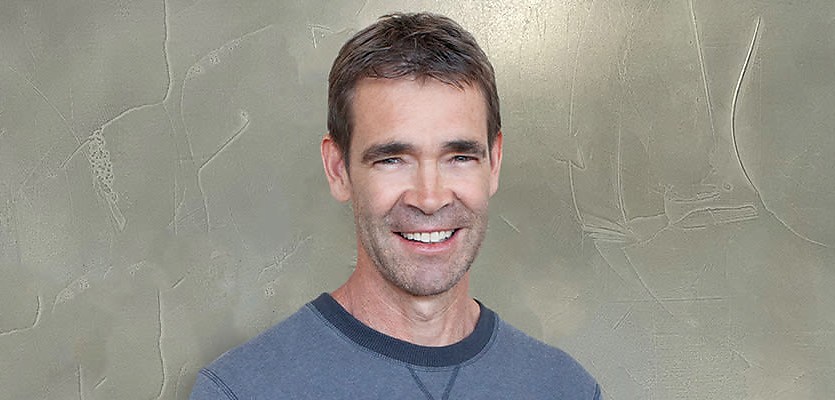The COVID crisis has rendered many properties obsolete and it’s in everyone’s interest to find new uses for them, writes Peter Rose.
God works in mysterious ways, according to the old proverb. So does the property cycle — and recent developments in the UK look like netting scores of commercial property owners an unexpected but very welcome windfall.
After protracted COVID lockdowns saw high streets and suburban shopping precincts empty out — and sent property values plummeting — the UK government responded by making abrupt changes to planning laws. In March this year, it introduced legislation to allow developers to turn unused commercial premises into homes; the aim being to halt the inexorable journey towards dereliction, revitalise town centres and create much-needed housing stock. That stroke of the pen sent commercial property values soaring. Now, rather than struggling to let empty and abandoned high-street premises, owners have found themselves sitting, once more, on prime real estate.
While seeing the landlord class have its unsaleable straw turned suddenly to gold was galling for some bystanders, I believe the UK government’s move made sound sense. Decaying retail and commercial precincts can all too quickly become a microcosm of everything that’s wrong with society. Saying goodbye to workers, diners and shoppers often means saying hello to drugs, squatters and crime. Meanwhile, long-suffering building owners face the choice between shelling out for the ongoing cost of keeping their non-earning assets up to scratch, or leaving them to degrade and devalue further over time.
From cash cows to black holes
Why do I relate this tale? Because the problem of obsolete real estate isn’t one that’s confined to the UK. It’s an issue right here in Australia, too. In our part of the world, the COVID pandemic has done two things: it’s turbo-charged existing trends, and it’s destroyed some specialist property categories overnight.
Hence, we’re seeing tenants bailing en masse from already struggling second-tier shopping centres that can’t compete with swankier A grade alternatives, or the boutique local precincts that have been doing a roaring trade since the world began working from home. In some instances, we’ve seen rent rolls shrink to as little as 10 per cent of their peak, as two-dollar shops, greasy takeaways and pop-up book stalls boasting “nothing over five dollars” move into spaces once occupied by blue-chip tenants and brands.
Meanwhile, in CBDs and near-city suburbs across Australia’s capital cities, the student housing sector is on its knees. High-rise blocks purpose built over the past decade — in some instances, following the introduction of state and local government incentives for developers — are running at occupancy rates of 20 per cent or less. When, or if, the international students who once called them home will return is anyone’s guess. In the meantime, banks are knocking and investors who once viewed the category as safe as houses are seeing the prospect of a return recede into the never never.
Ripe for repurposing
Expecting landlords and owners to remain in a holding pattern indefinitely — paying to maintain their under-utilised and no-longer-fit-for-purpose assets in the hope that better times are around the corner — is neither fair nor reasonable.
Rather than watching wealth and value erode, we need to start having conversations about repurposing these buildings into something that makes sense, economically and societally, in a post-pandemic world.
In some cases, their new “highest and best use” may be residential apartments; in others, community spaces, social housing, or some combination of the three. There won’t be a one-size-fits-all model. Rather, owners and developers will need to collaborate with state and local authorities, communities and business owners, to identify optimum, long-term solutions that meet the needs of all stakeholders.
The time to do that is now, not two or three years’ time, after it’s become glaringly obvious that the good times are really over, for those assets and their current approved uses.
Breathing new life into old assets
One of the greatest strengths of the property sector is its ability to adapt to circumstances and respond to market demands, by creating new categories and products. Tackling the problem of obsolete assets will help our country and our industry recover from the COVID knock and build back better for today’s conditions.
Peter Rose is the chief revenue officer at Forbury.







You are not authorised to post comments.
Comments will undergo moderation before they get published.